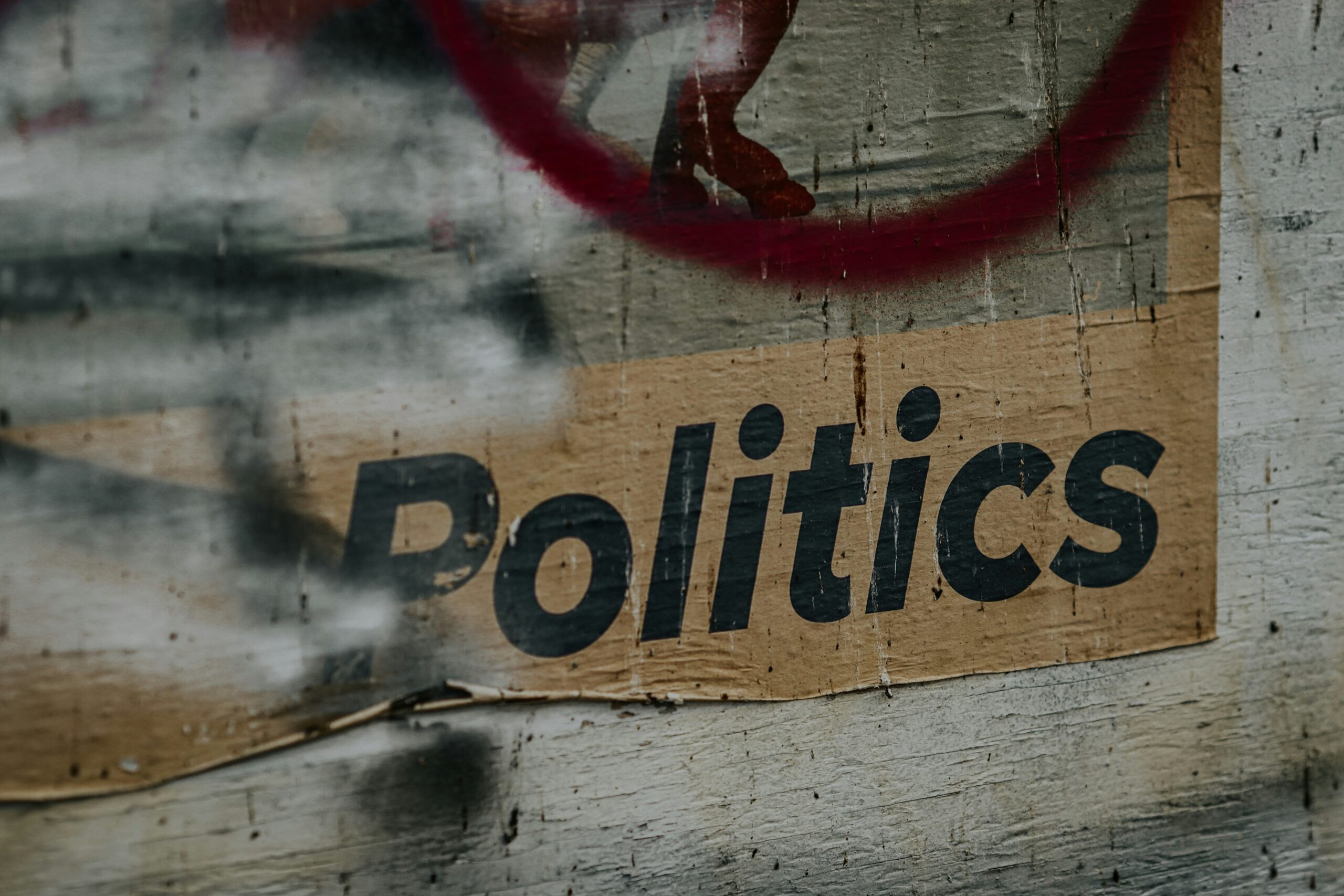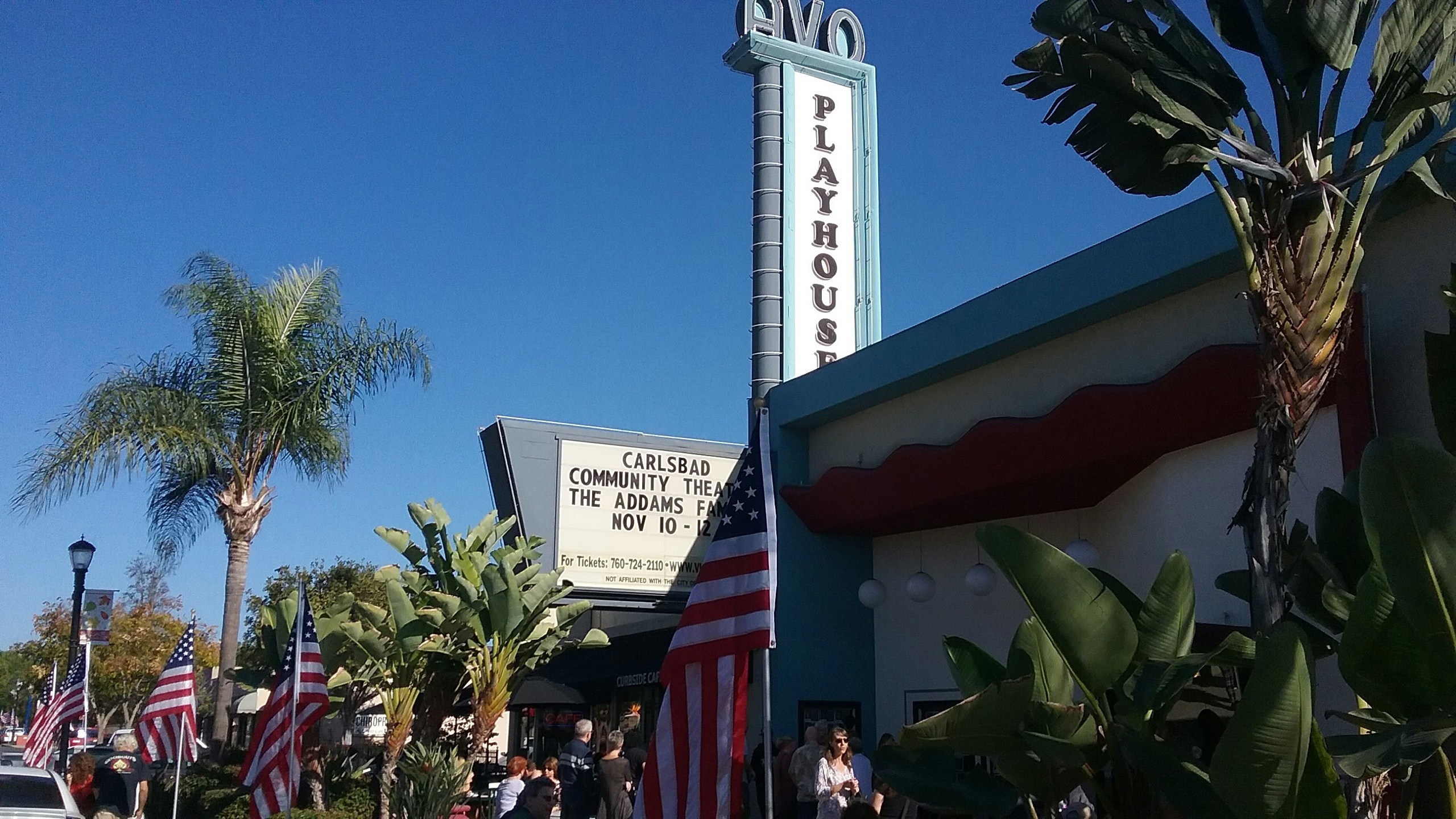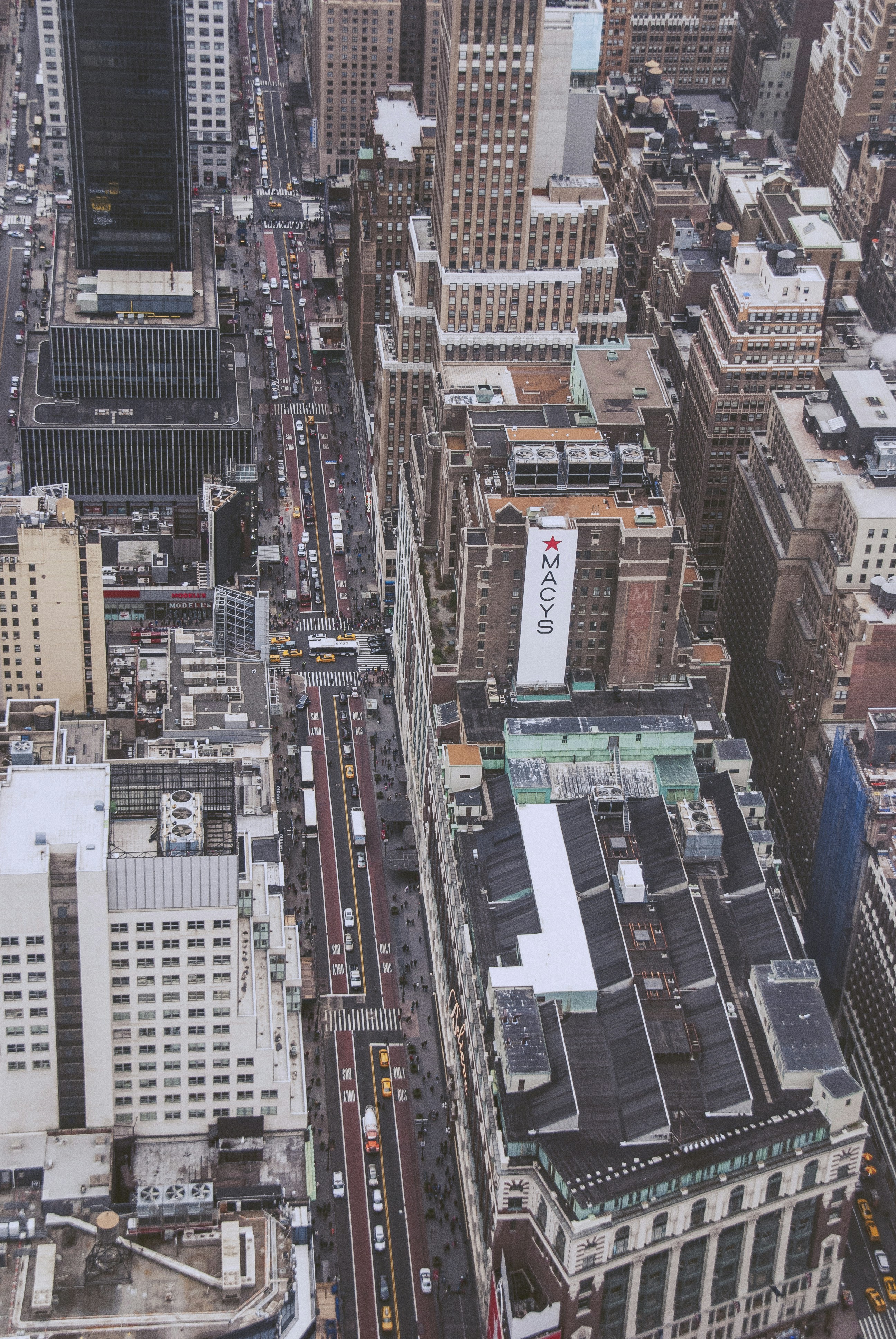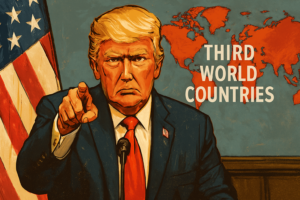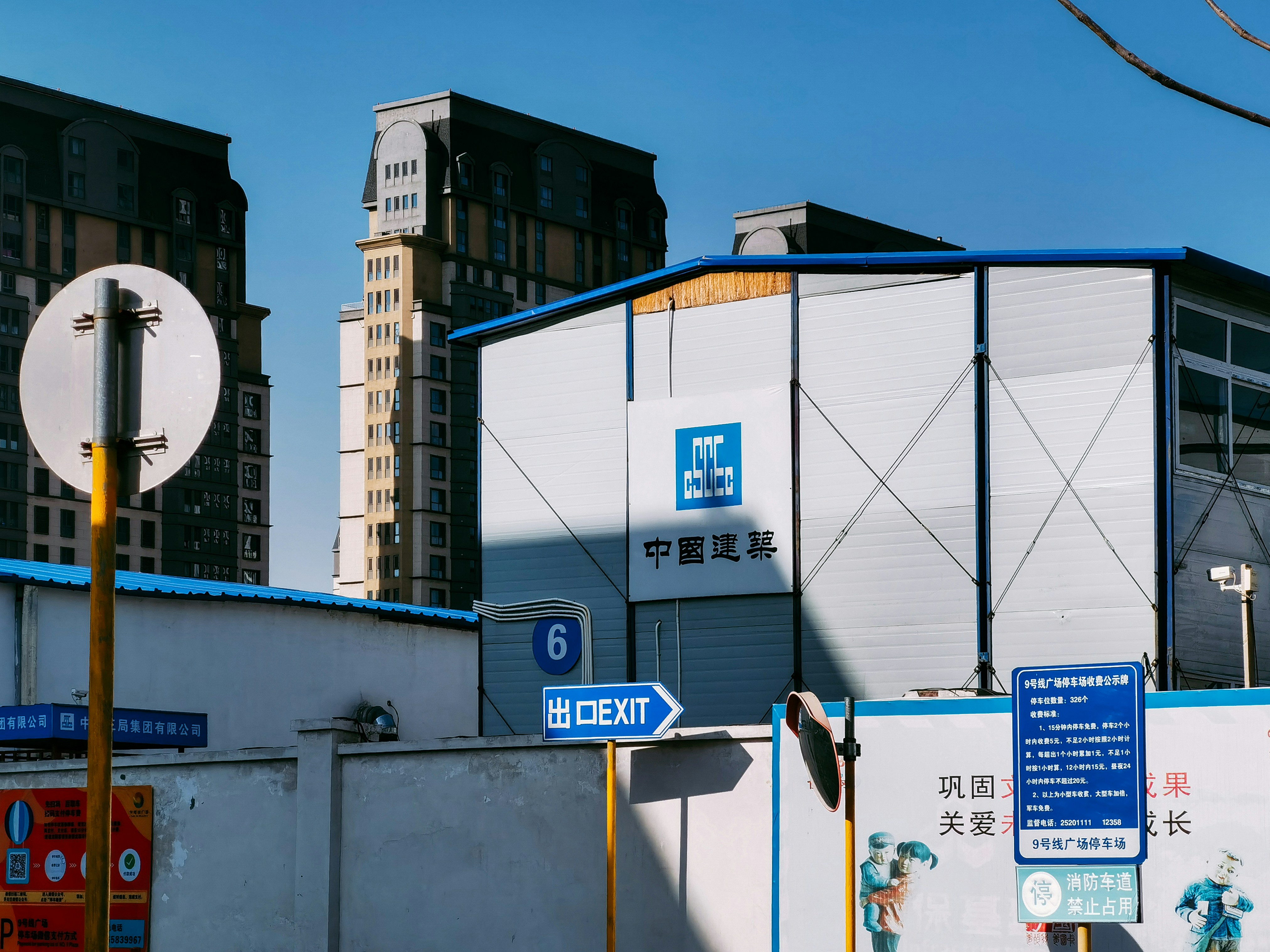Zohran Mamdani Trending Towards Victory in New York City’s Mayoral Election
The Current Political Landscape in New York City
As New York City prepares for its upcoming mayoral election, the political landscape is rife with complexity and numerous pressing issues that resonate deeply with its diverse residents. The city, known for its rich cultural mosaic, is facing challenges that span from economic distress to social injustices, making this election one of significant importance in shaping future policies. With rising voter engagement, it is evident that citizens are more invested than ever in the direction of their city.
Economic inequality remains a pivotal concern, with many neighborhoods experiencing the adverse effects of a widening wealth gap. Unemployment rates have fluctuated and the lingering impacts of the pandemic continue to affect job opportunities, leading to heightened frustrations among residents. Additionally, the city grapples with housing affordability crises, prompting discussions around zoning laws and tenant protections. These economic challenges, combined with the recent increase in the cost of living, have spurred many voters to seek candidates who prioritize equitable growth and sustainable economic policies.
Moreover, social issues play a critical role in this electoral cycle. Campaigns related to deportation and immigration policies have ignited debates on civil rights, with many residents advocating for inclusive policies that protect vulnerable populations. The impact of systemic racism is also at the forefront, as communities demand tangible solutions and accountability from elected officials. Notable candidates, including those with progressive platforms, have the potential to reshape the conversation around these issues, capitalizing on increasing voter mobilization and desire for change.
In essence, the intersection of local and national dynamics significantly contributes to the current electoral climate. As candidates position themselves to address these multifaceted concerns, the outcome of this mayoral election promises to influence New York City’s trajectory for years to come.
Voter Turnout Trends and Their Significance
The voter turnout statistics for the New York City mayoral election, particularly in the case of candidates like Zohran Mamdani, reflect a striking contrast to previous election cycles. Early voting initiatives have played a pivotal role in galvanizing a diverse electorate, resulting in soaring participation rates. Historically, mayoral elections in New York City have experienced fluctuating levels of voter engagement; however, the latest statistics indicate a discernible increase in both overall turnout and early voting participation. This uptick can be attributed to various factors, including heightened political awareness and mobilization, spearheaded by candidate campaigns that resonate with constituents’ concerns.
Early voting, in particular, has emerged as a crucial aspect of the electoral process, allowing voters to cast their ballots ahead of Election Day. This expanded period of voting not only enhances accessibility for individuals with scheduling conflicts but also contributes significantly to establishing candidate momentum. The ability for candidates like Zohran Mamdani to secure an early lead can be essential in shaping perceptions and sparking enthusiasm among prospective voters. In this election, delayed decisions and strategic campaigning have further fueled a sense of urgency among the electorate.
Various motivating factors prompt voters to engage this season, ranging from pressing issues such as housing affordability, public safety, and social justice to a growing desire for systemic reform. This election has catalyzed discussions surrounding these societal challenges, prompting New Yorkers to translate their views into action through voting. The surge in participation can thus be interpreted as indicative of a broader societal awakening, underscoring the electorate’s determination to have their voices heard in shaping the future of their city.
Candidate Profiles and Policy Positions
The race for New York City’s mayoral election features three prominent candidates: Zohran Mamdani, Andrew M. Cuomo, and Curtis Sliwa, each bringing unique backgrounds and perspectives that cater to the diverse needs of the electorate.
Zohran Mamdani has built a reputation as a progressive advocate, particularly known for his focus on social justice issues. As a former community organizer and current State Assembly member representing Astoria, Mamdani’s policy proposals emphasize affordable housing, universal healthcare, and public safety reforms. His campaign highlights the need to address systemic inequalities and challenges faced by marginalized communities in New York, and he seeks to revitalize neighborhoods through grassroots initiatives that foster community engagement.
Andrew M. Cuomo, the former governor of New York, enters the mayoral race with extensive political experience but also a controversial legacy. His administration was marked by substantial infrastructure projects, yet it faced scrutiny over various scandals. Cuomo’s platform largely focuses on economic recovery post-pandemic, with a strong emphasis on job creation and public safety. He aims to leverage his statewide experience to implement policies that promote growth and stability in the city, though his perceived connection to corruption controversies may influence voter sentiment.
Curtis Sliwa, the founder of the Guardian Angels, represents the city’s conservative voice. His campaign centers on issues of public safety and crime reduction, leveraging his reputation as a community protector. Sliwa advocates for a more visible police presence and community policing initiatives to ensure New Yorkers feel safe amidst rising crime rates. Additionally, he has expressed interest in addressing the homeless crisis with immediate action, focusing on clean streets and enhanced support services.
As the election approaches, each candidate’s platform reflects their individual backgrounds and proposed solutions to the pressing issues facing New York City, shaping the narrative of a highly competitive race.
Potential Implications of the Election Outcome
The outcome of New York City’s mayoral election could significantly reshape the city’s governance and political landscape. Should Zohran Mamdani secure victory, it may signal a shift towards progressive policies that address systemic issues such as income inequality, housing affordability, and public safety reform. Mamdani’s platform aligns with the aspirations of a growing demographic of voters who seek transformative change. This reflects a broader shift in voter sentiment, indicative of a city desiring more assertive approaches to longstanding challenges.
Furthermore, the implications of this election may extend beyond city limits. A win for Mamdani could embolden progressive factions within the Democratic Party, fostering a national dialogue on critical issues that resonate in urban contexts across the United States. The election outcome may also influence the direction of party leadership, potentially steering it towards candidates who align with a more leftist agenda. This shift could reconfigure the dynamics within local and national politics, creating a ripple effect that challenges traditional party orthodoxy.
Historically, mayoral elections in New York City have often foreshadowed broader political trends. The potential for Mamdani’s victory to inspire similar movements in other urban areas raises questions about the role of progressive candidates in mainstream politics. Should he prevail, it could catalyze a wave of activism, prompting increased voter engagement among younger populations and people of color—the very groups that propelled him into the limelight.
In conclusion, the potential implications of the election outcome are multifaceted and profound. They encompass local governance changes, national party dynamics, and a broader reflection of voter sentiment in urban America. As the election approaches, the stakes are exceptionally high, making it essential to consider the transformative potential of this pivotal moment.
